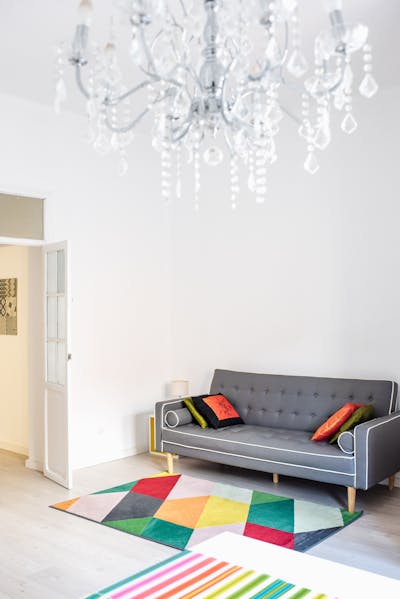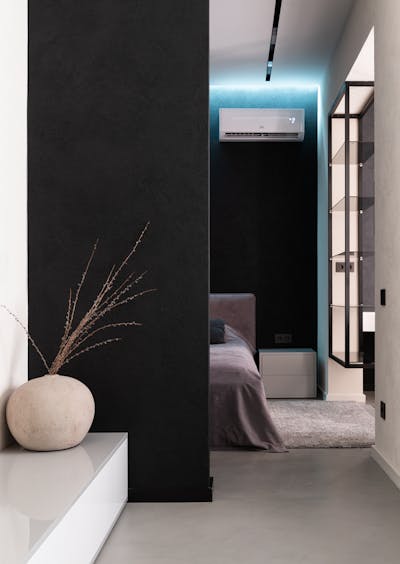Rugs have long been a staple in home decor, offering style and comfort to any space. However, one often overlooked benefit of rugs is their ability to insulate a room and help maintain warmth. In this article, we’ll explore how rugs contribute to keeping spaces cozy, the types of rugs that provide optimal thermal insulation, and tips for choosing the right rug for your home.

The Insulating Properties of Rugs
Rugs can act as insulators against cold floors, particularly in areas where hard flooring materials like tile or hardwood are used. The thickness and material of the rug play a significant role in how well it retains heat. Here’s a breakdown:
- Material Matters: Wool rugs, for example, are known for their excellent insulating properties due to their natural fibers. They trap air, which helps to keep warmth in.
- Thickness: A thicker rug will generally provide better insulation than a thinner one. Opt for plush or shag rugs for added warmth.

Types of Rugs That Help Keep Rooms Warm
Not all rugs are created equal when it comes to warmth retention. Here are some types of rugs that are particularly effective:
1. Wool Rugs
Wool is a natural insulator that is durable and provides warmth during cold weather. It is also resistant to dirt and stains, making it an excellent choice for high-traffic areas.

2. Chenille Rugs
Chenille is a soft, velvety fabric that provides a warm feel underfoot. These rugs are often thicker and can trap heat effectively.
3. Shag Rugs
Shag rugs have a longer pile, which not only provides a plush feeling but increases their ability to retain heat. They are perfect for creating a cozy atmosphere.

4. Jute Rugs
While not as warm as wool or shag, jute rugs can still provide some insulation. Their natural fibers help create a rustic look while offering comfort underfoot.
5. Synthetic Rugs
Some synthetic materials can also provide decent insulation. Look for rugs made from polyester or nylon that have a thicker pile to maximize warmth retention.

How to Choose the Right Rug for Warmth
When selecting a rug to help keep your room warm, consider the following factors:
- Room Type: Consider the room where the rug will be placed. Living rooms and bedrooms benefit from warmer rugs compared to kitchens or bathrooms.
- Size: Larger rugs cover more floor area and can insulate better. Ensure the rug is proportionate to the space.
- Pile Height: A higher pile tends to trap more air, providing better insulation and warmth. If comfort is a priority, opt for plush options.

Additional Benefits of Using Rugs
In addition to providing warmth, rugs offer several other benefits:
- Noise Reduction: Rugs can dampen sound, making them ideal for apartment living or busy households.
- Comfort: They provide a soft surface to walk on, reducing fatigue and discomfort associated with standing on hard flooring.
- Aesthetic Appeal: Rugs enhance the overall look of a space, adding color, texture, and style to your decor.
Conclusion
In conclusion, rugs are a practical and stylish solution for keeping your home warm. By selecting the right material, thickness, and type, you can enhance your living space's comfort while enjoying the numerous benefits that rugs bring. Investing in quality rugs not only adds warmth but also elevates your home decor.



